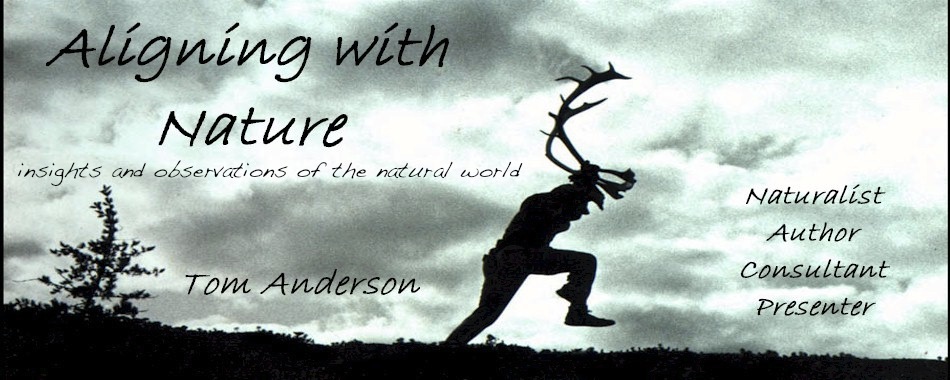Essensual Landscapes
It’s altogether too easy to say one loves anything. I fear such idle pronouncements diminish the real authenticity and power of love. Perhaps the descriptor “love” has become as trite as describing something as “awesome” or “epic.” Words, like footwear, can be faddish. So let me try again.
I love wild places. No, I mean really love wild places. And while I stand in awe of rugged landscapes, it is the soft, sensual landscapes that most arrest my gaze. I wonder what role the Greek god, Eros, plays in my steadfast need for wild places? As humans we are undeniably sexual beings. Capitalists have long known the secret that sex sells. If you don’t wash your hair with “Shampoo X” then you are made to feel unattractive and even unsexy. But use “Shampoo X” and you will be awash in mate-attracting pheromones.
I often wonder how is it that the raw and naked wildness of the natural world can arouse my senses and brings me pleasure as no mortal lover can? In my heated love for the land around my home, I confess to numerous love affairs. Some are one-time trysts and others are relationships that I have carefully nurtured for years. Short, but heated exotic and foreign relationships serve to add fire to the passion and commitment to protect and nurture the familiar homescape.
We live in a culture that is often in dilemma about the conflict of sex and beauty. If a mutually agreeable sex act is excellent and enhances the love between two individuals it is said to be beautiful. However, the message we often receive is that sex is something that we must only whisper about, rather than celebrate. How can we find peace in our knowing if we are taught conflicting messages that one is “dirty” and the other is a sacred and lovely act.
I believe there is an innate tension between an honest-to-goodness feeling of arousal in wild places and our need to suppress that nature. If we succumb to the erotic, I believe can forge an intimate relationship with it.
We are motivated to change or act when something affects us personally. It might be a health issue or the change is inspired by the girth, or lack of it, of your wallet. I would argue there is a third powerful motivator to change. That catalyst would be “heart surge” or an actual physical uplift when in the company of a favorite person or place. There is an undeniable jolt of pleasurable arousal.
When we awaken that arousal in ourselves we are fed the sticky syrups that anchor us in relationship. Think of how many times you might have been rendered mute when confronting a magical, still moment in the outdoors. Perhaps it was a moment when the sun dipped into west horizon and offered us one last glowing moment of the day. Or maybe it’s the first light of day that caresses your skin in a subtle warm wash. Vistas, particularly from hills and mountains, have always inspired heart surges. These moments are best described in the words of novelist, A. B. Guthrie, “that we really ain’t such a somebody.”
It’s a good thing to be humbled by the power and affections of the natural world. Visual amazements, heady blossom perfumes, essences of cedar and spruce, the tartness of a wood sorrel leaf on the tongue or the coolness of a soft day when earthbound clouds surround us with their mist can forge unforgettable foreplay.
I want to touch, to get “dirty” with the land. There is something so honest, innocent and playful about a child or worker who is smeared and smudged with banners of dirt. I would rather engage with the banker who wears a thin crescent of dirt under their fingernails than the one wearing flawless and smoothed fingertips.
Think about it, the best sex is when one surrenders to the moment losing all control. We are a species that has a difficult time in surrendering control and letting go. Perhaps I find a surge in sexual energy when in wild places because in such places there is no control. It is sheer wildness. Eros is a mentor in helping me connect intimately to wild places. The more dissociated I am with natural communities, the more I feel the wellsprings of my passions seeping away.
Just as we are genetically coded to have wild places in our lives, I believe there is an erotic calling for wildness in each and every one of us. Wide-eyed amazement at a moment of a new and astonishing discovery is unforgettable. My creed for loving wild places is to surrender to wonder.
Certainly there are ethical and moral rules around sex, but imagine if we looked at the natural world with the same intensity as we do a remembered love?











